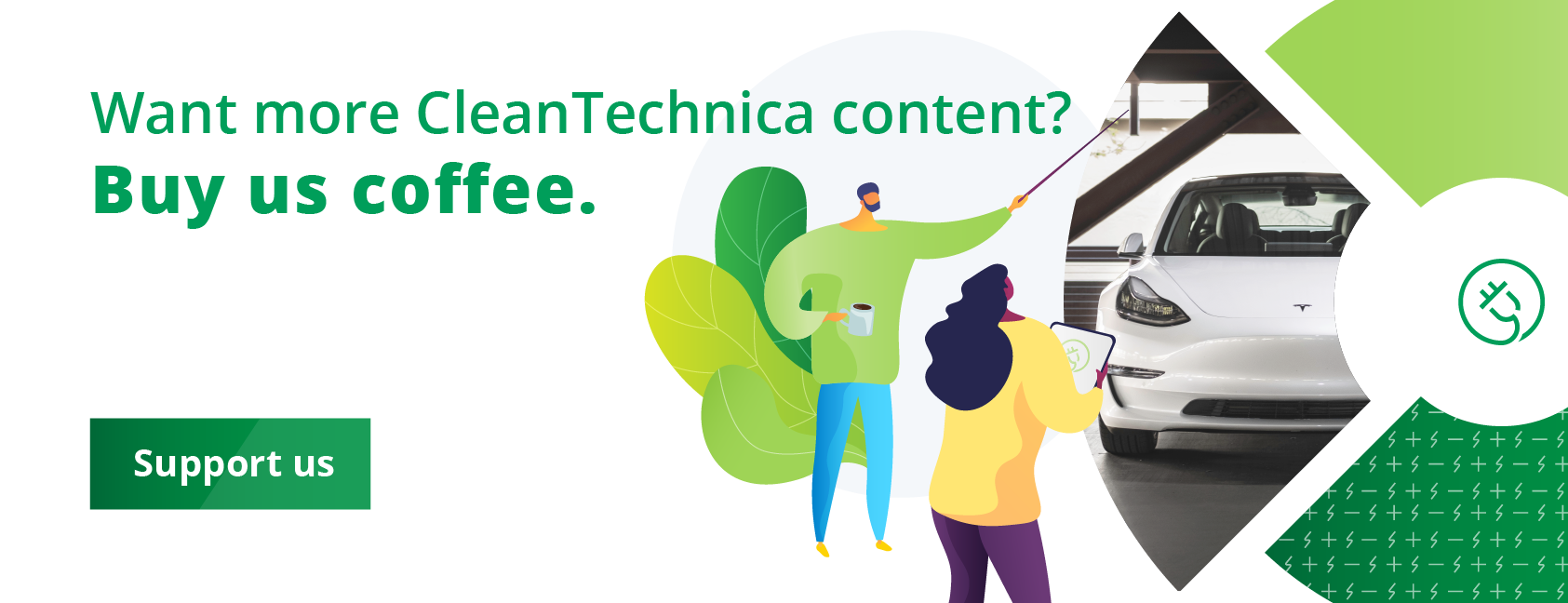
In this article, I’m going to share some news from Kia and Wallbox about their plan to offer bidirectional charging, but I wanted to take the opportunity to give readers unfamiliar with V2X technology a quick primer on it. If you already know all this, feel free to skip to the end!
We Need BIG Batteries
While EVs are very efficient compared to ICE, they still require a lot of electrical power to move. A typical microwave requires around 1 kilowatt (kW) of electricity while it’s cooking. Cooktops take a bit more. A larger space heater takes around 1.3 kW. An electric clothes dryer takes around 6 kW, and it’s often the highest-consuming appliance in a home.
EVs start from there and go up. Something really efficient, like an e-bike or an Aptera autocycle, might take only 1.5 kW to move at cruising speed, but a typical EV like an Tesla or Chevy Bolt requires more like 20-40 kW to maintain highway speeds (at least in the western US where speed limits are higher). Accelerating from a light, even at a grandma’s pace, can take over 100 kW of power for a few moments until you get to the speed you want to go.
But, there aren’t wires above every street that your EV can tap into like an electric bus or light-rail car. You need to get that energy from somewhere and pack it along. At home, you’ll get 1.4 kW at most from a standard 15-amp U.S. wall socket. If you have Level 2 charging, you can get anywhere from 3 kW to 19.2 kW, with charging at 6-7 kW being pretty typical and can usually charge a car up while you eat dinner, watch TV, sleep, have breakfast, and get ready go go again.
At rapid charging stations, you can get anywhere from 50-350 kW to get back on the road in 20-60 minutes, but you’ve still got to put that power into the battery and bring it with you.
To have reasonable range, EVs need massive batteries. A lower-range EV like a Nissan LEAF needs a 600-pound battery. Something much bigger, like the Hummer EV, has a battery pack that literally weighs about a ton. Most EVs fall somewhere in between these two extremes.
But, We Don’t Use Them That Much
But, the sad thing about these big batteries is that they go unused most of the time. Unless you’re an Uber driver or run some other business that requires a lot of driving, you’re probably doing what the average person does and drive only 30 miles per day, and you have a battery that can go 200-300+ miles for the rare day that you drive far more than usual.
This means that 20-23 hours per day, most of our batteries aren’t being used at all, and even then, we’re only using a small fraction of their capacity.
When we consider how expensive large EV battery packs are, and consider how much of an environmental impact it took to create them (EVs are still the cleaner choice, despite this), we’re letting a valuable resource sit around a lot and do nothing for us. That’s probably not great.
Getting More Good From Our Big Batteries
There are many potential uses for EV battery packs.
The obvious thing is that they can be used to store energy. Even if you have no way to get power out of the car, you often have some choice as to when you charge the vehicle. The smart thing is to charge them at a time when demand on the grid is low, or when excess renewable energy is available.
Another great use for them that I’ve enjoyed myself is their ability to provide backup power. During power outages, it’s easy to hook up an inverter to the 12-volt battery and draw some power from it. The vehicle pulls power from the big battery to keep the little battery topped up, so you’re really using the big one. During a power outage, I ran my fridge for 7 hours once, and it only used 1% of a Nissan LEAF’s battery, so there’s a lot of power to be had!
Another thing EV batteries can do is help stabilize the electric grid. By providing quick bursts of power during peak demand periods, they can help to balance the supply and demand of electricity and maintain grid reliability for everyone else. If they were already sitting there full from times of low demand, it can even help utilities rely less on dirty fossil fuel peaker plants.
Finally, EV batteries can come in big handy off-grid. At jobsites with no power, camping areas on the edge of the wilderness, and for people trying to live entirely without utility power, an EV is a great way to carry a lot of power with you.
But, these last two applications are kind of tough to do with an inverter and big alligator clips. Getting more than around 1-2 kW out of the pack is too big of a job for the DC charger that keeps that 12-volt battery topped up. So, better equipment is needed. We usually call such equipment V2X, which stands for Vehicle to Anything (X).
There are also:
- V2L – Vehicle to Load, for small loads like a campsite or jobsite.
- V2H – Getting power to your house.
- V2G – Sending power back to the grid during peak demand (often for payment)
- V2V – Charging another EV up using your EV
So, manufacturers need to turn to suppliers and partners to give people the gear they need for the job.

Kia & Wallbox Are Doing This Now
Wallbox and Kia America are collaborating to introduce bidirectional charging to Kia’s EV9 customers. The partnership aims to provide Kia EV9 customers with Wallbox’s Quasar 2, a second-generation DC bidirectional charger, starting in the first half of 2024. Quasar 2 is set to become the first EV charger to enable bidirectional charging with the Kia EV9.
The Quasar 2 is an advanced 11.5kW bidirectional charger that empowers EV owners to charge and discharge their electric vehicle for home use (V2H) or return energy to the grid (V2G). This means it can supply almost 50 amps of power for the house, which is enough to run most appliances and moderate HVAC loads.
The Kia EV9 has a battery capacity ranging from 76 to 100kWh, which is more than 5 times the energy capacity of a standard 13.5kWh home storage system. With this amount of energy, it can power a typical household’s energy consumption for up to four days, eliminating the need for costly home energy storage systems.
During a power outage, Quasar 2’s Power Recovery Mode automatically switches the power source from the grid to your vehicle, allowing you to use your EV battery as an emergency generator. This backup service is increasingly crucial, given the frequency and duration of power outages in the US. In California alone, there were 39 power outages and over 414 hours of total outage time last year. Across the US, unforeseen power outages result in an annual cost of $150 billion to the economy.
“We’re excited to work with Kia America toward our shared vision for accelerating electrification and transforming how we harness and interact with energy,” said Enric Asunción, CEO and co-founder of Wallbox. “Bidirectional charging can offer long term benefits to users, grid operators, utilities and will accelerate the transition to renewable energy sources. When combined with an EV capable of bidirectional charging, such as Kia’s advanced EV9, Quasar 2 offers one of the most functional and affordable home energy management solutions on the market.”
Featured image provided by Kia and Wallbox.
I don’t like paywalls. You don’t like paywalls. Who likes paywalls? Here at CleanTechnica, we implemented a limited paywall for a while, but it always felt wrong — and it was always tough to decide what we should put behind there. In theory, your most exclusive and best content goes behind a paywall. But then fewer people read it! We just don’t like paywalls, and so we’ve decided to ditch ours. Unfortunately, the media business is still a tough, cut-throat business with tiny margins. It’s a never-ending Olympic challenge to stay above water or even perhaps — gasp — grow. So …




